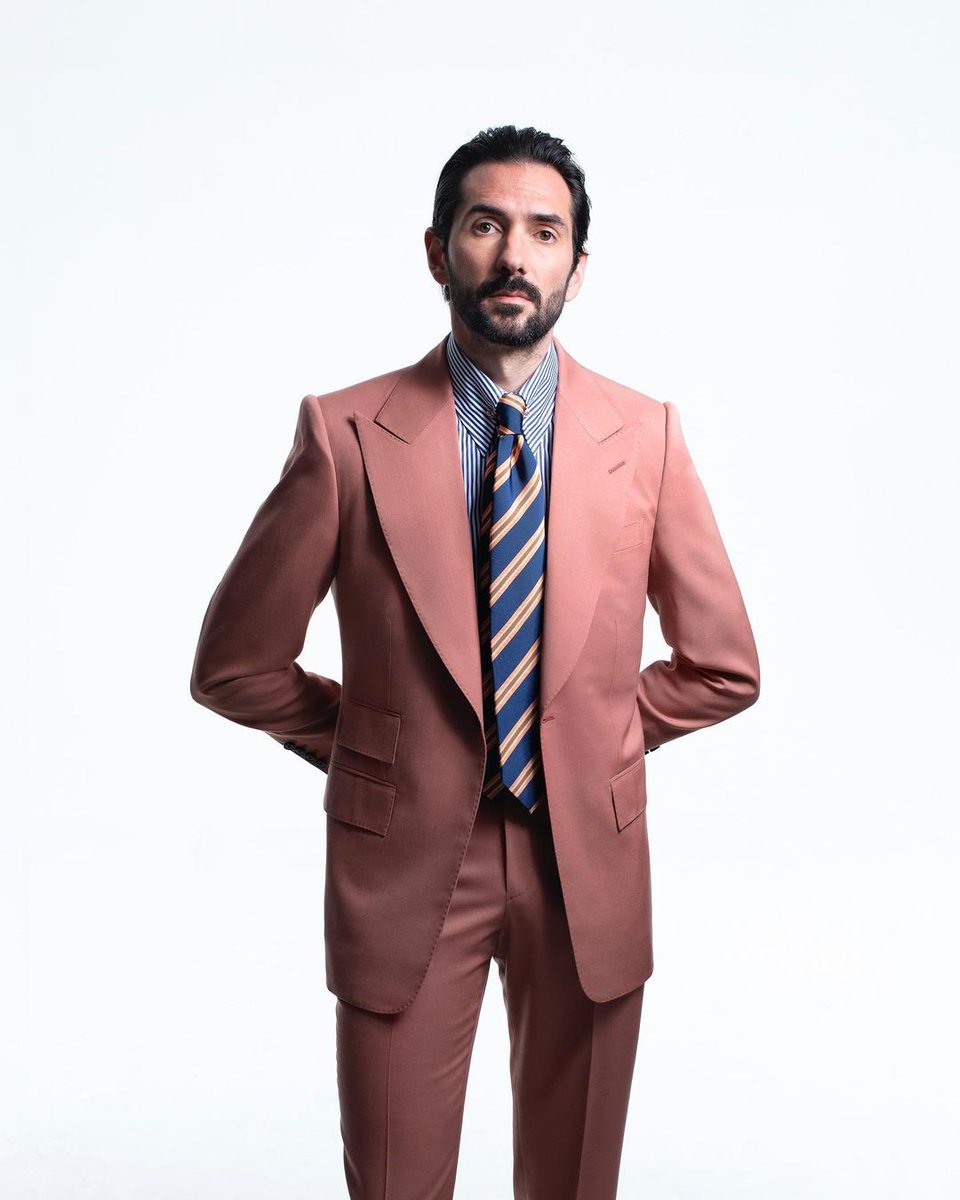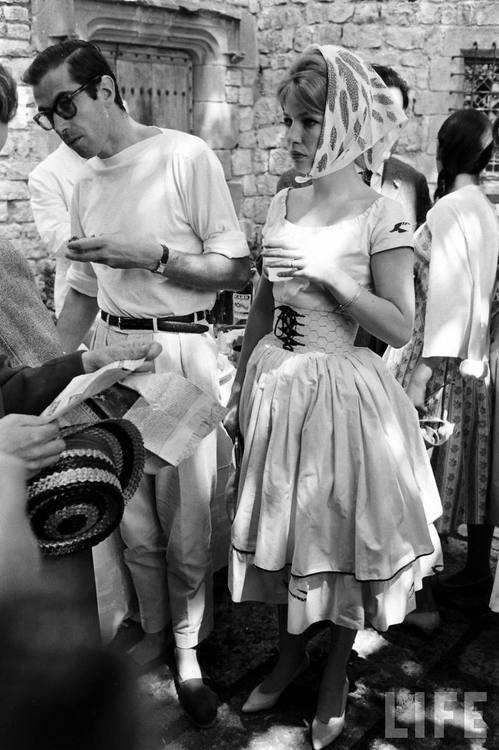Since Edward Sexton's death last week, I've been reflecting a lot on his work. I doubt another tailor will leave as strong and distinct an impression on men's tailoring in my lifetime. For those unaware of him, I thought I'd share a bit about his story. 🧵 

To understand Sexton, you have to know what Savile Row was like before the 1960s. This was a fairly conservative quarter. To become a client of the big houses, you had to be recommended. Firms shied away from press and had frosted glass windows to protect privacy of clients. 

Sexton grew up in Elephant and Castle, a working-class neighborhood that gave him his Cockney accent. For his first job, he worked as a waiter at the Waldorf hotel, where he learned some people were enjoying nicer things than him. This was where he fell in love with bespoke suits 

So he went to work as a tailor, climbing up the trade from apprentice to assistant cutter to head cutter. He worked for well-respected firms, such as Kilgour French & Stanbury and Welsh & Jefferies. When he moved to Donaldson, Williams & Ward, he met a salesman named Tommy Nutter 

Nutter was a young stylish salesman who held a bit of sway with spendy customers. So in 1969, Nutter and Sexton left Donaldson, Williams & Ward and started their own firm: Nutters of Savile Row. 

As a firm, Nutters turned Savile Row upside down. They decorated their shop windows with murals and pink ostrich feathers, to the horror of their neighbors, and courted the press. They also developed this crazy house style inspired by English hacking jackets (pictured below).




The Nutter version was full-bodied with square shoulders, nipped waist, airplane wing lapels, and sweeping trousers. Traditional hacking jackets have flared skirts so they neatly spread across a saddle. Nutters exaggerated this, giving the wearer an X-shaped silhouette 

They also did these crazy details, like taping the edge of their lapels and putting the patch pockets on a bias (45 degree angle).
Punch Magazine once described the Nutters look as “an eccentric mix of Lord Emsworth, the Great Gatsby, and Bozo the Clown.”



Punch Magazine once described the Nutters look as “an eccentric mix of Lord Emsworth, the Great Gatsby, and Bozo the Clown.”



The craziness attracted attention—a lot of attention—from young people who didn't want a conservative Savile Row suit, but still valued the craft of bespoke tailoring. It's said that after Nutters opened, young ppl used to clomp up and down Savile Row in platform shoes.




They also attracted stars—lots of them. Mick Jagger wore an all-white Nutters suit when he married Bianca Perez-Mora Macias. Three of the Beatles wore Nutters on the cover of Abbey Road.




Nutters also dressed Twiggy, Diana Ross, David Hockney, and Davie Bowie. Elton John was such a fan, he ordered multiples.
Sexton cut all of these suits. The workmanship was uncompromised—fully bespoke with hand drafted patterns, pad stitching, etc. But the style was was BOLD.




Sexton cut all of these suits. The workmanship was uncompromised—fully bespoke with hand drafted patterns, pad stitching, etc. But the style was was BOLD.




Tommy Nutter died from AIDS in 1992 and Sexton opened his own shop, which was simply called Edward Sexton. The style was a little more toned down by this point, but still carried that strong sense of glamour: padded shoulder, sweeping lapels, angular lines.






When I got to check out his work some years ago, it totally changed my way of thinking. It's often said that a padded shoulder is formal; a less structured shoulder is more casual.
Left: Solito (soft Neapolitan cut)
Right: Huntsman (structured British cut)


Left: Solito (soft Neapolitan cut)
Right: Huntsman (structured British cut)


But a Sexton suit is a different thing. In a dark worsted, it's a bold business suit. In a casual fabric, it's a party suit. Details can swing the suit in one dirction or the other, but a Sexton suit is always glamorous.








Sexton's work has influenced many other tailors: Chittleborough & Morgan and Michael Browne, for instance. I recently spoke to Bao Vu, the founder and cutter at K-Zao. When I asked them about their house style, they immediately referenced Sexton.








As a firm, Sexton is being carried forward by Dominic Sebag-Montefiore (who worked under Sexton for years) and Nina Penlington (the new cutter who trained under Davide Taub at Gieves & Hawkes). They have various custom tailoring programs at diff price points.




I love all menswear, but my heart is in classic clothing and specifically men's tailoring. And every 25 years or so, this section of menswear has to reinvent itself to bring in a new generation of enthusiasts, otherwise it dies off. 

Together with Nutter, Sexton did that for Savile Row at a time when the street simply didn't have the sexiness (or openness) to court young people. Many houses were too stuck in their ways. Sexton helped change that by fusing fashion with craftsmanship.




He also helped shape the fashion of 1970s rock 'n roll and inspired a new generation of tailors to pick up shears. We were blessed to have a cutter who was so open-minded and talented, and so personally elegant and well-dressed. 

If you're intersted in reading more about this history, check out @lancerichardson's brilliantly researched book House of Nutter, which talks about Swinging London, gay culture, Beatlemania, and the tragic personal struggles behind some of this wild tailoring. 

From British Style Genius, a good BBC fashion documentary series if you can find it.
• • •
Missing some Tweet in this thread? You can try to
force a refresh
































